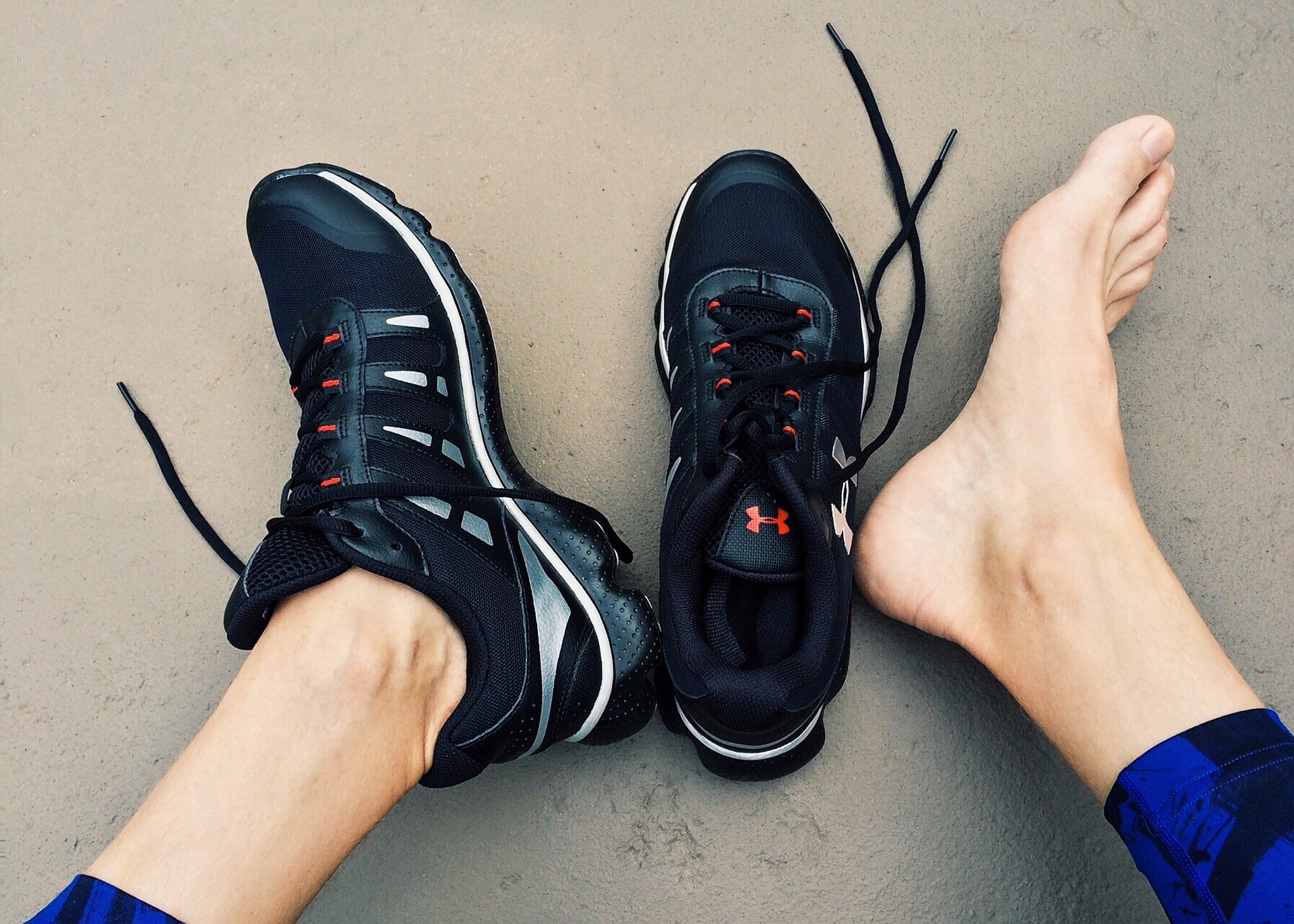One of the more common conditions experienced by individuals is athlete’s foot.
Athlete’s foot is a bacterial infection and has affected the majority of individuals at some in their life. The infection is regular for those who engage in sport (hence the name) and it has a range of different causes. Athlete’s foot is common and it can take a while for the infection to go. There are creams and different lotions you can apply to aid the recovery but there are also other effective ways to get rid of it. It can be helpful to understand the causes of this common bacterial infection so that you can prevent it in the future. This article will describe what athlete’s foot is and ways that you can treat and prevent it.
What are the Causes?
As previously mentioned, athlete’s foot is a bacterial condition that occurs because of little parasites that feed off the living organisms on your feet. There are three different types of parasite and they are often called dermatophytes. There are soil based, animal based and human based dermatophytes and it is the human type that is responsible for the development of athlete’s foot. At any given time we have this type of bacteria on our bodies and if we give it the necessary conditions it may turn into an infection. In most cases, they are usually harmless. Athlete’s foot is most common in young individuals and is more common in sports people who do not wear proper fitting footwear and thus create warm, sweaty conditions which bacteria love. The condition is also contagious so do not share towels or swim in public pools.
Symptoms
In classic cases of athlete’s foot, you will see a red rash on and between your toes and it may be very itchy. These areas are where the majority of moisture and heat can build up making them the prime spots for the development of athlete’s foot. This is why men’s and women’s athletic toes socks are amazing at preventing athlete’s foot, because the little sleeves keep the toes separated, reducing the production of bacteria. In rarer cases, the condition will spread to your palms and will start to resemble the look of eczema.
How can it be treated and prevented?
In most cases, the athlete’s foot can be treated by washing the feet and drying them thoroughly, making sure that they are bone dry before you put them in your shoes. When drying your feet, make sure that you use a separate towel as to not spread the infection. Make sure that you are wearing adequate socks, either cotton toe socks or wool socks will do the job and make sure that they are changed on a regular basis. Additionally, avoid clunky shoes and stick with sandals or open-topped shoes.
For the prevention of athlete’s foot, as already mentioned, athletic toe socks are the best option and can be a life saver when it comes to preventing athlete’s food. Finger toe socks are designed so they fit over all of your individual toes and prevent them rubbing together. Not only does this stop blisters from forming but it can also prevent the development of athlete’s foot between the toes. Men’s toes socks and women’s toe socks are both very similar and will do an adequate job at preventing infections during intensity exercise.


